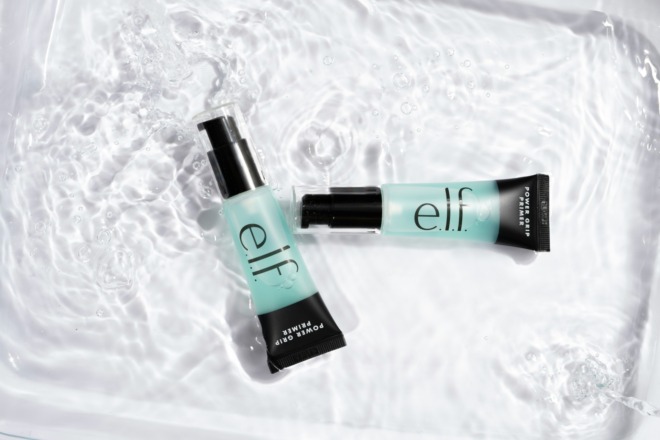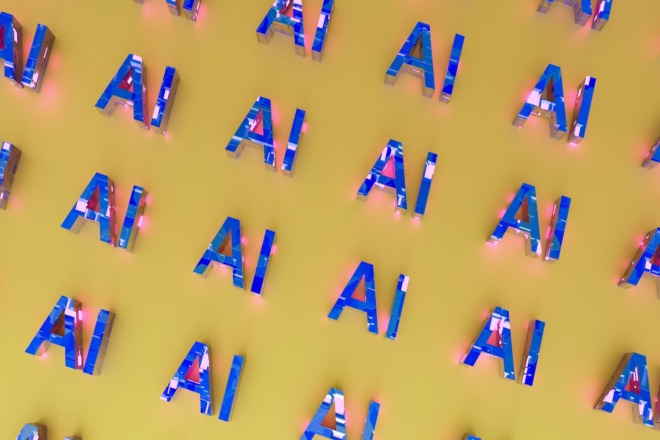Where did emojis come from? How did they get their name? Why did they become popular? The history of emojis is fascinating — they went from simplistic, printed dots to miniature, three-dimensional, multi-colored designs. So, how exactly did we get here?
A Brief History of Emojis’ Designs Over the Years
The history of emojis goes back further than most people would expect. They’ve been around for decades:
1984: Earliest Known Emojis
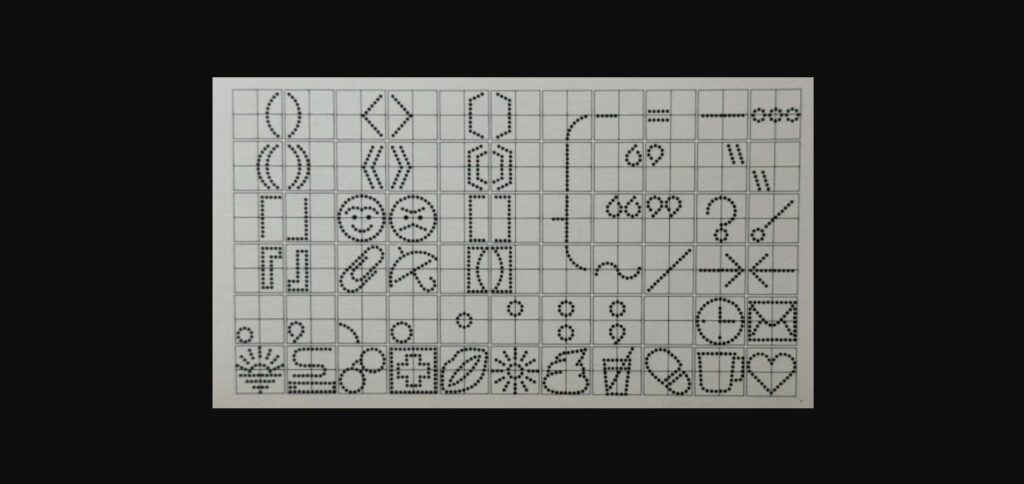
Where did emojis come from? As far as we know, they first appeared in Japan. How did emojis get their name? The word comes from “絵” and “文字,” the Japanese words for “picture” and “character.” Surprisingly, its resemblance to the English word “emotion” is purely coincidental.
Matt Sephton, a game developer and digital media artist, sifted through the depths of the internet and reached out to collectors to obtain firsthand accounts and images. His work shows the proposed Yakumono typeface has some of the earliest emojis — including the infamous poop emoji.
1988: Emojis Became Digital
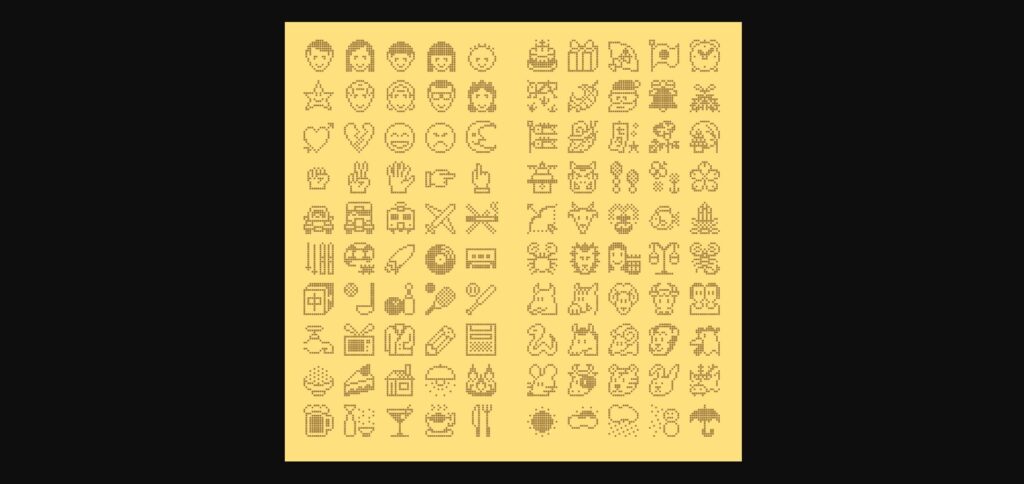
The Sharp PA-8500 personal digital assistant (PDA) — a multipurpose mobile device that was essentially an early version of the modern smartphone — was released in 1988. It contained over 100 emoji designs, ranging from a smiley face to a crab.
1990: Classic Emoticons Emerge

The NEC PI-ET1 was another PDA released in Japan. It resembled a miniature laptop and was relatively advanced for the time. For example, it featured a customizable face editor for assigning contact images and a built-in barcode scanner. It contained over 100 emojis.
Around the same time, emoticons appeared in the United States. The first confirmed use came from an American computer scientist who suggested using “:-)” for funny message board posts and “:-(” for serious posts. They became popular because they weren’t tied to a brand or device.
1997: The SoftBank Emojis
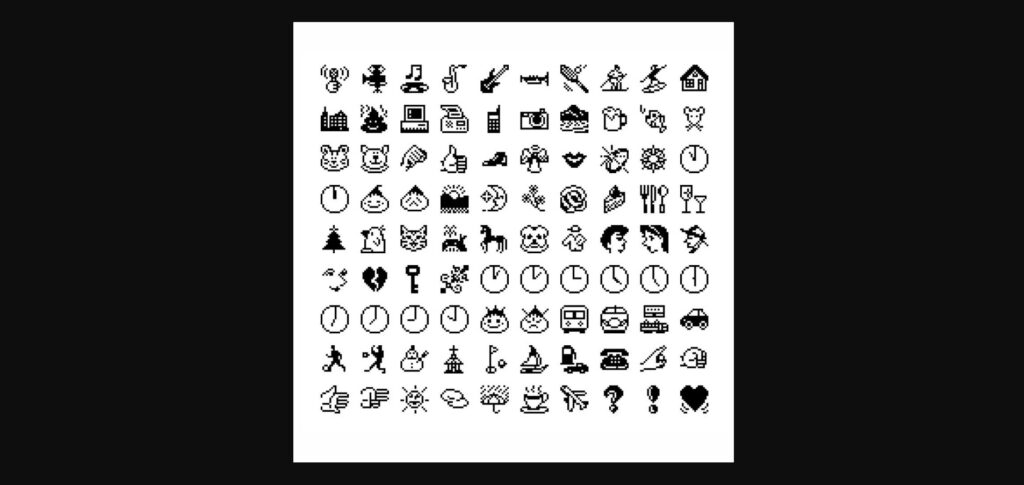
SoftBank — the Japanese carrier that partnered with Apple to bring the iPhone to Japan — released a phone that contained 90 emojis in 1997. Some of the most iconic characters we use today came from this set, including the poop emoji and the broken heart emoji.
1999: NTT Docomo Emoji Set
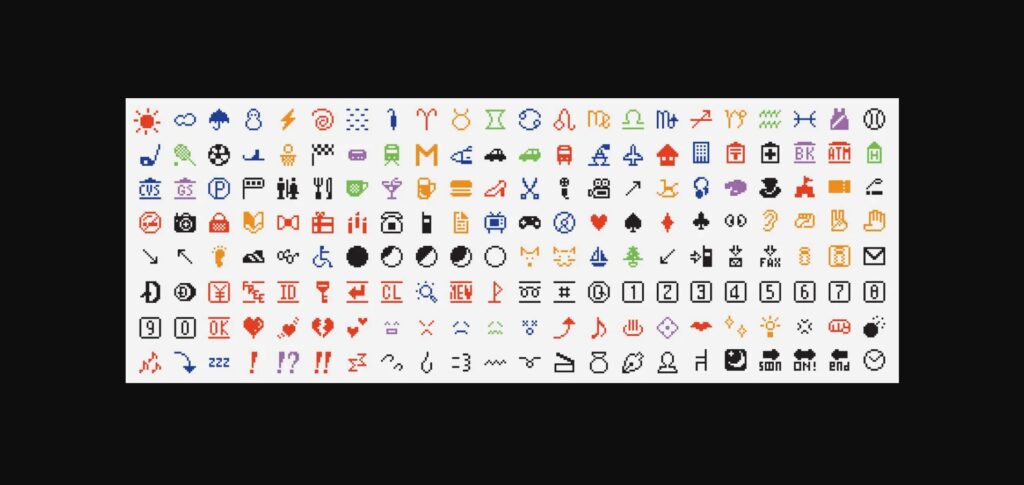
NTT Docomo Inc., a Japanese mobile operator company, released its set of 176 emojis in 1999. Shigetaka Kurita, a designer at the company, used a 12-by-12-pixel grid and took inspiration from Japanese graphic novels. For a time, people believed the history of emojis began here.
2010: Unicode Adopts Emojis
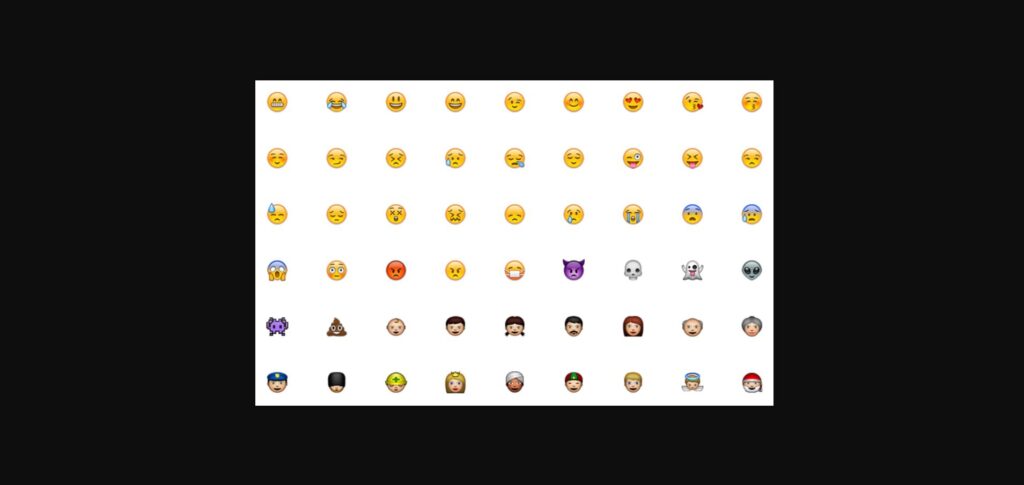
Unicode, the world’s text encoding standard, adopted emojis with the release of Unicode version 6.0 in 2010. The need to be compatible with a standard that Japanese telephone carriers established in the early 2000s drove it to adapt.
2015: Emojis Get Skin Tones
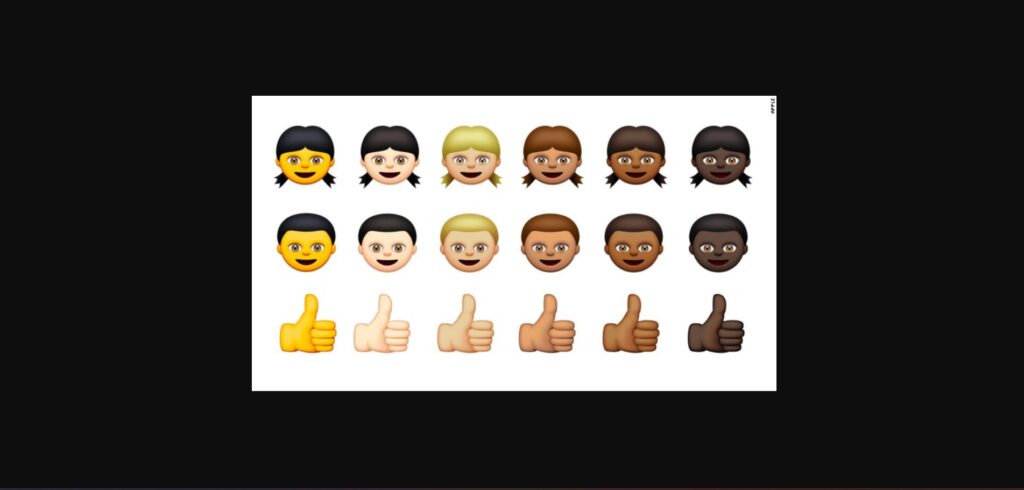
Emojis had a lemon-yellow tone for years. In 2015, five skin tone options became available for hands. Carriers also introduced same-sex couples. These moves were supposed to make emojis more inclusive and practical.
Today: Thousands of Emojis
Companies add dozens, if not hundreds, of emojis to their operating systems periodically. Apple, for instance, has added lungs, welders, mermaids, wheelchairs, sloths, boba and more. There are now enough variations for people to have entire conversations with them.
The Evolution of Emojis in Design and Marketing
The history of emojis in design spans decades — that’s a lot of time for change to occur. Since the concept began in Japan, characters like the Japanese flag, dragon, rice, cherry blossom, Omikuji, sake, and Tōrō exist. Bound by storage space limits and inspired by tradition, designers created a handful of simplistic pictographs.
Although the proposed Yakumono typeface was all about simplicity, the Sharp PA-8500 PDA set, released just four years later, looked completely different — every character was inexplicably cuter.
The kawaii — which roughly translates to cute — culture began as a subculture of cartoonish cuteness sometime in the 1970s in Japan. A fluctuating economy drove it out from the fringes, and it started being used to attract tourism and shape the country’s public perception. It eventually inspired the super-flat art movement and various other subcultures.
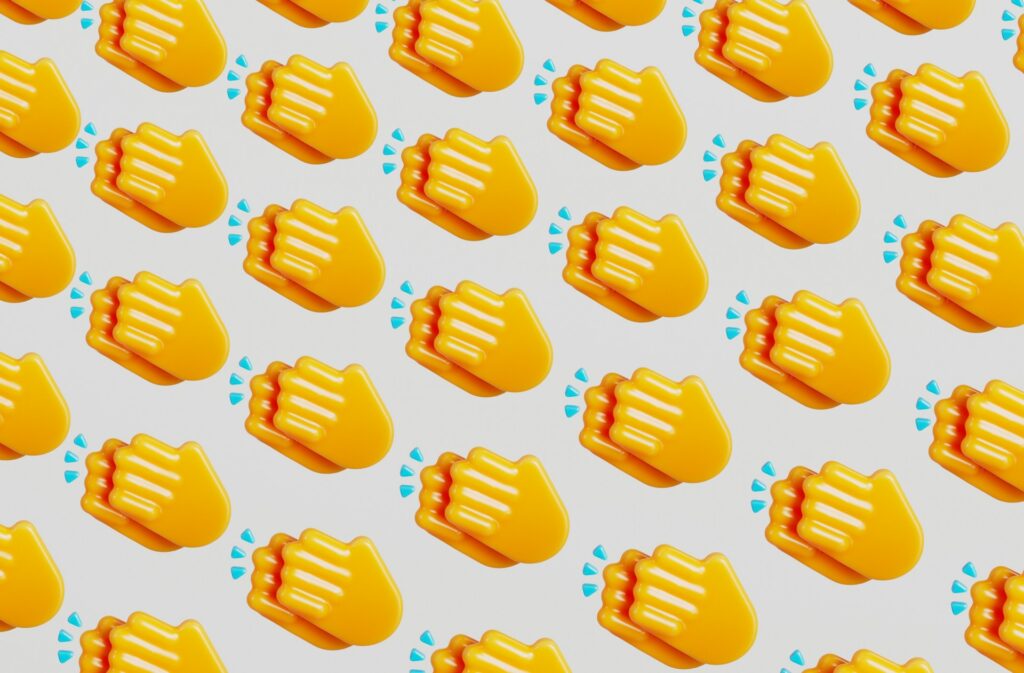
Strangely enough, the history of emojis goes hand in hand with kawaii culture. In the beginning, technology companies and telephone carriers often supported the cutesy, simplified characters on specific, newly released devices to drive consumers’ interest.
Unicode only adopted emojis to be compatible with the Japanese standard and enable competition. At the same time, the rise of the personal computer was allowing people to create pictographs using the American Standard Code for Information Interchange (ASCII) — a 7-bit character encoding standard for electronic information.
With ASCII art, people made faces, recreated photos and designed comic strips. One simple example is “¯\_(ツ)_/¯,” which is meant to be a person shrugging. Eventually, the explosion of interest in emojis squashed any chances of this style being used for commercial marketing.
How Design Has Kept Pace With Emoji Evolution
For years, emojis were virtually unheard of outside of Japan. People in the United States used emoticons instead. Even when Unicode got with the program in 2010, many commercial marketers and designers felt hesitant to use emojis in design because they considered those characters unprofessional.
So, why did emojis become popular? Apple diversified them, and the trend caught on. According to a 2016 report, the number of active marketing campaigns using emojis increased by over 600% from 2015 to 2016. While this fad has gone from a boil to a simmer, it is still effective.
Looking back at the history of emojis, one thing is clear — these modern pictographs can draw consumers’ attention effectively. Whether brands include a heart in a holiday-themed email or post on social media with an emoji-filled caption, those interesting colors and shapes are enough to prompt viewers to give the content a second glance.
How Designers Can Use This Knowledge in Projects
Strategically using emojis in communications, marketing campaigns, and social media posts is an easy way to drive engagement. However, while 64% of consumers say they like or love emojis, 35% say they’ve never received a marketing message with them in it. Businesses should revisit their strategies and see where to spice up their content.
These characters humanize companies and give brands more personality. For example, including an exclamation point, exploding head, and fire emoji in an email’s subject line could emphasize the urgency of a sale in a relatable way. Studies show that using emojis can increase click-through rates by 25%, so brands should give it a try even if they’re not used to it.
Directing customers to use emojis in user-generated content is another proven approach. Research shows having an emoji in brand-related user-generated content increases the number of likes by 72% and the number of comments by 70%. This is an excellent strategy for entrepreneurs or mid-sized brands trying to grow their following.
The History of Emojis Has Deep Roots in Design
Since emojis are pictographs, they have a strong connection to design. As design evolves, so will these miniature characters. Who knows, maybe another shift as large as the one from the 1990s to the 2010s will occur, and today’s emojis will become relics of the past. ¯\_(ツ)_/¯
About The Author
Cooper Adwin is the Assistant Editor of Designerly Magazine. With several years of experience as a social media manager for a design company, Cooper particularly enjoys focusing on social and design news and topics that help brands create a seamless social media presence. Outside of Designerly, you can find Cooper playing D&D with friends or curled up with his cat and a good book.

